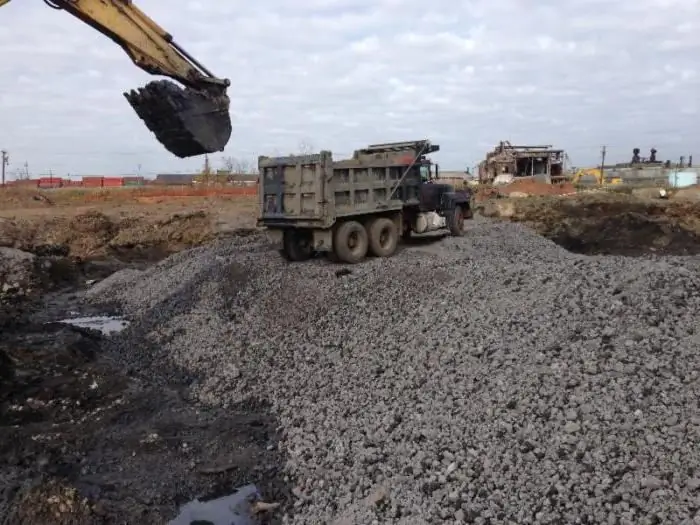2026 Author: Howard Calhoun | [email protected]. Last modified: 2025-01-24 13:10:30
Among all building materials, crushed slag stands out for its minimal cost. It is difficult to find a substance that would cost even less than this material. As a result, the total cost of all works will be much lower, which will allow you to compete more effectively in the market.
Slag crushed stone - what is it
This material is a by-product of the steel industry. Without going into details, we can give two main options for the "extraction" of this substance. In the first case, rock heaps left after metal processing are used. These are simply piles of stones of different sizes, which are sorted into fractions (the sizes of individual parts) and after that they are immediately ready for use. This approach is the cheapest. The second option consists in a special pouring of slag on a certain surface, its cooling and subsequent crushing using specialized equipment. It turns out a little more expensive, but the substance comes out better.

Features and Features
Characteristics of crushed slag can vary widely. They depend almost entirely on what the originalraw materials, as well as from those technologies that were used in the production of steel. Nevertheless, there are a number of features that allow us to characterize this substance more accurately.
- Density of crushed slag is higher than granite (from 2950 kg/m3 versus 2650 kg/m3).
- Water absorption is also higher (for granite - 0.2%, for slag - from 0.4 to 7.3%).
- Frost resistance is much lower (15 cycles versus 300 for granite).
Separately, it must be said about the compressive strength. If for a standard granite material this indicator is 120 MPa, then for crushed slag it can vary over a very wide range, starting from 62 MPa (for porous slag) and ending at 140 MPa (for a copper-smelting analogue). The same can be said about the index of crushability. For crushed granite, this characteristic is 11%, and the indicators of slag are also different. Porous - 44%, copper-smelting - 6%.

Application
Like any other type of crushed stone, this material is used in a variety of areas.
- Asph alt production.
- Producing concrete with improved fire resistance.
- Creating blocks and slabs for industrial buildings.
- Paving the roadway.
- Production of tiles, cinder block and concrete.
- Production of mineral wool.
- The most beautiful particles can be used in landscape design.
In most cases, it can successfully replace naturalanalogues and will cost significantly less. Nevertheless, due to characteristic features, especially due to low frost resistance, in some cases the use of this substance is impossible. That is why crushed slag has still not been able to completely displace granite, because there are too many places on the territory of Russia where low temperatures are considered the absolute norm and it is there that industrial buildings are usually built. Speaking about the cost, you should also consider the varieties of this rubble. For example, the cheapest and, frankly, useless porous material is available literally for a penny. And its copper-smelting analogue, which is really almost in no way inferior to granite (and in some ways even superior), will cost only a little cheaper than natural materials.

Results
The main conclusion from all of the above is that crushed slag must be selected based on current needs, since its properties are too different. That is, you need to take just such a material that has all the required characteristics. In one case, it may be the simplest, porous crushed slag, and in the other, only its copper-smelting counterpart will do.
Recommended:
Loose material (sand, crushed stone): production and sale

Sand and crushed stone are used as bases for various buildings and landscaping, as well as aggregates for concrete
Types of crushed stone: description, characteristics, scope and origin
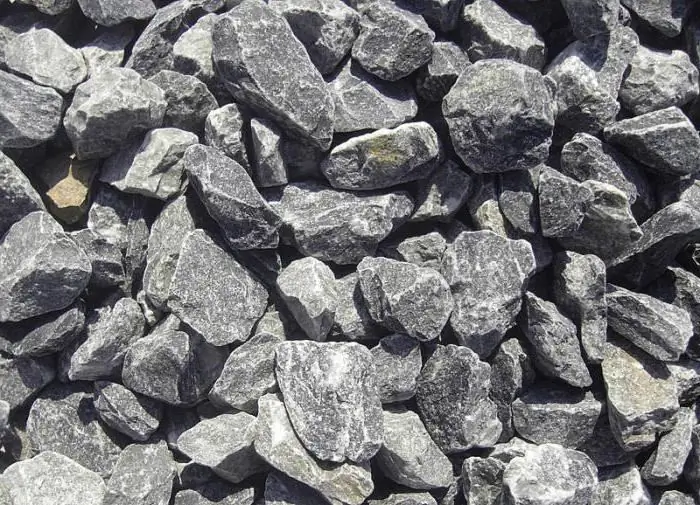
Crushed stone is a crushed stone and is divided into fractions according to its size. Technical characteristics such as flakiness, density, frost resistance, fraction, radioactivity affect the areas of use of crushed stone and its cost
Crushed stone: types, characteristics, applications and reviews
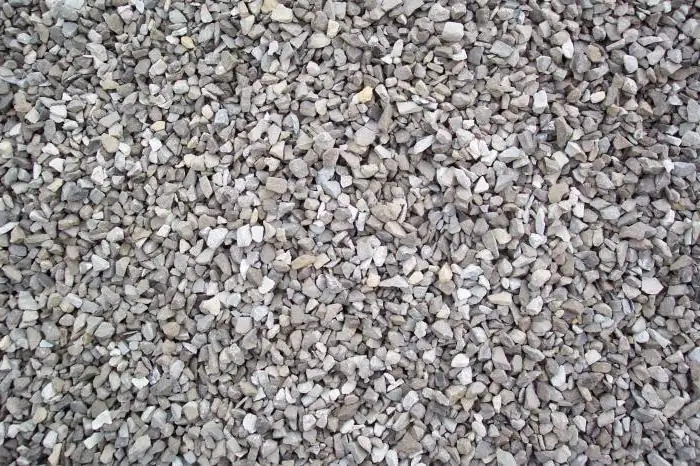
Crushed stone, the types of which will be described in more detail below, is a building material obtained as a result of the initial grinding and subsequent sifting of rocks
Crushed-stone-mastic asph alt concrete (ShMA): GOST, properties and characteristics
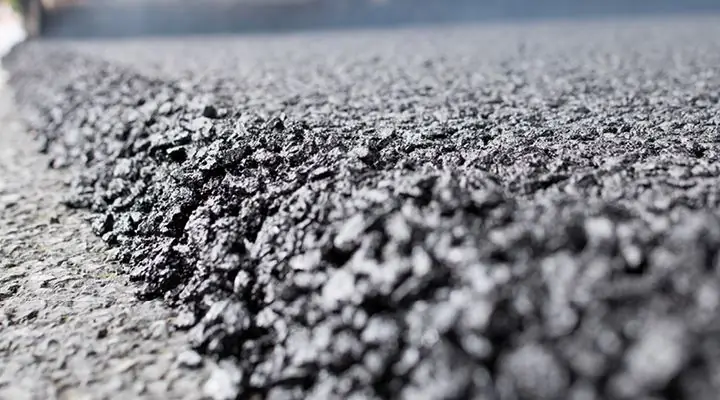
According to GOST, roads must be laid using asph alt concrete, which contains a stabilizing component. Its properties and appearance are of great importance for improving the quality of the final material, its transportation, preparation and installation. Additives are structuring fibrous. They allow you to maintain uniformity and help keep hot bitumen on the surface of crushed stone
Density of crushed stone - gravel, granite, limestone and slag. Bulk density of crushed stone: coefficient, GOST and definition
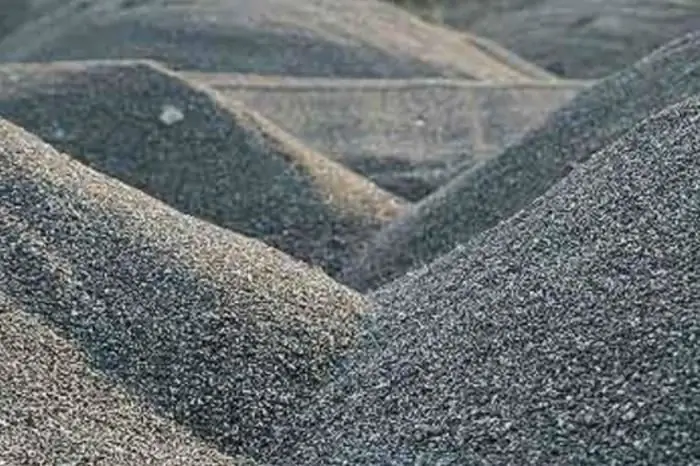
Crushed stone is a free-flowing, inorganic and granular material obtained by artificial crushing. It is divided into primary and secondary. This is an important fact. Primary - the result of processing natural stone: pebbles, boulders, pumice and other materials. Secondary is obtained by crushing construction waste, such as concrete, asph alt, brick. In this text, we will consider in more detail such a property as the density of crushed stone

